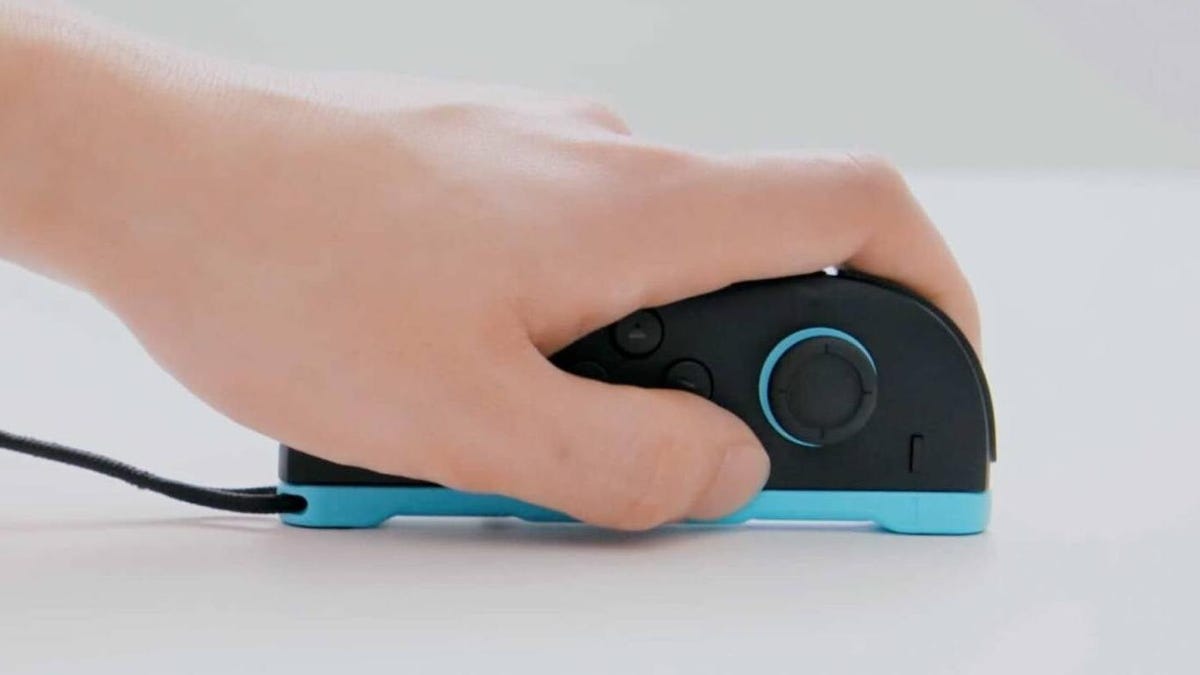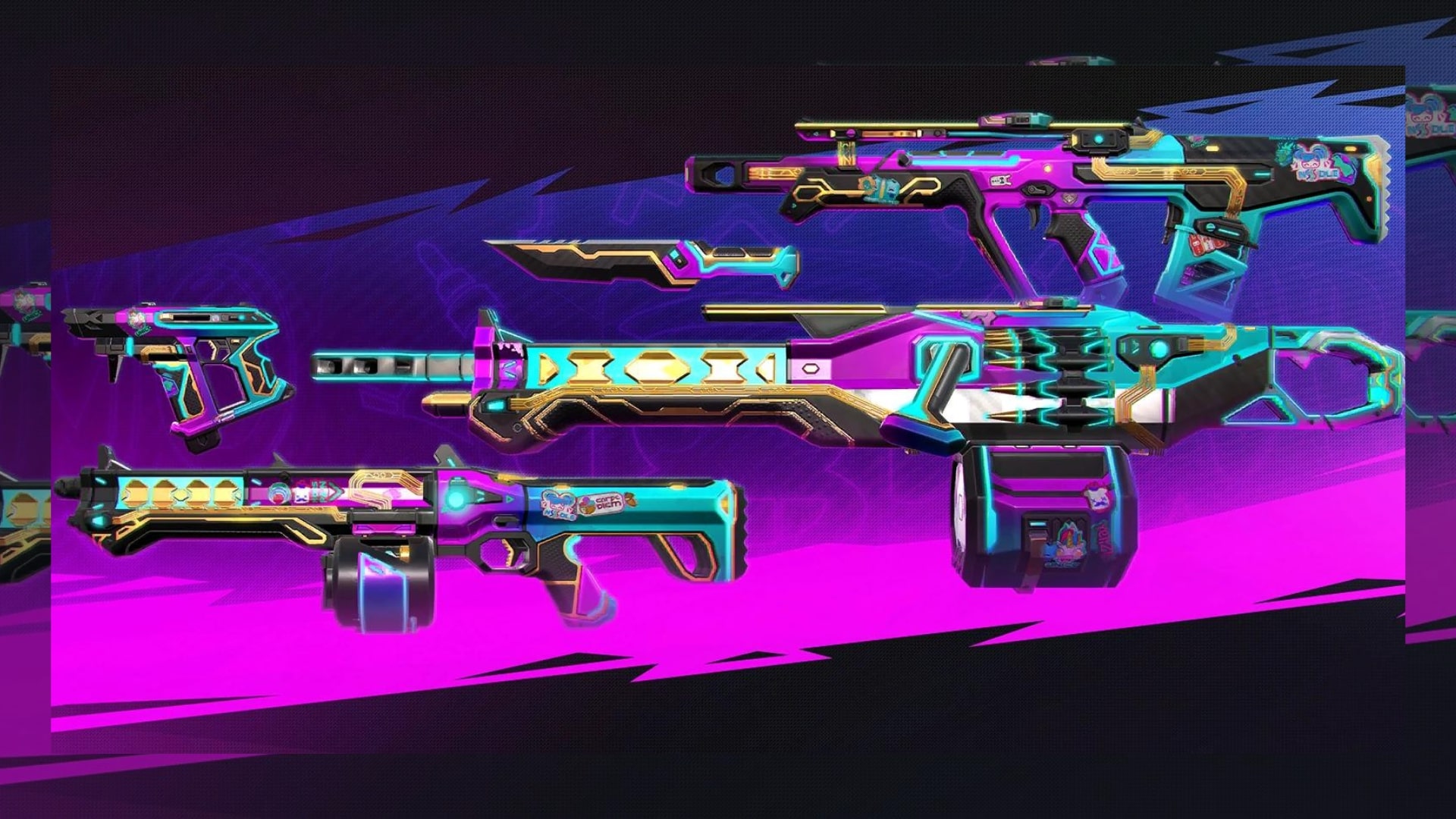First Aid Essentials: What Climbers Should Always Carry by Mountaineering Buffs like Cesar Alcantara
Climbing is an exhilarating outdoor activity that requires strength, skill, and preparation. While climbers focus on gear and technique, first aid preparedness is equally important. Injuries can happen unexpectedly, and carrying essential medical supplies ensures safety. A well-stocked first aid kit can make a critical difference in remote locations where medical assistance is limited. Understanding potential climbing injuries helps in selecting the right first aid items. Climbers face risks such as cuts, sprains, blisters, and dehydration. Quick and effective treatment prevents minor injuries from becoming serious. Being prepared allows climbers to respond to emergencies confidently and efficiently. Mountaineering buffs like Cesar Alcantara mention that first aid knowledge enhances overall climbing safety. Knowing how to use medical supplies correctly can save lives. Climbers should familiarize themselves with first aid basics before heading out. A well-planned approach to safety ensures that adventurers can focus on their climb while staying protected. Essential Bandages and Dressings Climbers often encounter scrapes, cuts, and abrasions. Carrying a variety of bandages ensures wounds are properly covered. Adhesive bandages protect small cuts, while gauze pads help manage larger wounds. A sterile covering prevents infection and promotes healing as highlighted by mountaineering enthusiasts such as Cesar Alcantara. Keeping multiple sizes ensures versatility for different injuries. Elastic bandages provide essential support for sprains and strains. Climbing can put excessive pressure on joints, leading to minor injuries. Wrapping an affected area reduces swelling and provides stability. Compression bandages are especially useful for ankle and wrist injuries. Proper application enhances mobility and reduces discomfort. Antiseptic wipes and medical tape complete wound care essentials. Cleaning a wound before bandaging prevents infection. Medical tape secures dressings in place, ensuring they stay intact during movement. Having these items on hand allows climbers to treat injuries promptly and continue their adventure safely. Pain Relief and Anti-Inflammatory Medications Pain management is crucial for climbers dealing with muscle strain or injuries. Over-the-counter pain relievers such as ibuprofen or acetaminophen reduce discomfort. These medications also help manage headaches caused by altitude changes or dehydration. Carrying a small supply ensures quick relief when needed. Anti-inflammatory medications aid in reducing swelling from minor injuries. Sprains, bruises, and joint pain can hinder climbing performance. Taking anti-inflammatory drugs can speed up recovery and prevent worsening conditions. Proper dosage and usage instructions should always be followed for safety as underscored by avid mountaineers including Cesar Alcantara. Topical pain relief creams or patches provide targeted treatment. Muscle fatigue is common after strenuous climbs. Applying a pain relief gel or patch to sore areas helps ease tension. Including a few packets of these treatments in a first aid kit ensures immediate care. Wound Cleaning and Infection Prevention Proper wound care prevents infections and promotes healing. An antiseptic solution such as hydrogen peroxide or iodine is essential for cleaning cuts. Applying antiseptics reduces the risk of bacteria entering wounds. Having small, travel-friendly bottles ensures easy access during emergencies. Antibiotic ointments provide an extra layer of protection. Applying a thin layer before bandaging helps prevent infections and speeds up recovery. Mountaineering buffs like Cesar Alcantara convey that single-use packets are convenient for climbers, reducing the need for bulky containers. Keeping a few in a first aid kit ensures wounds are well cared for. Hand sanitizer and disposable gloves maintain hygiene when treating injuries. Clean hands prevent contamination, reducing the risk of infection. Disposable gloves provide an added layer of protection, especially when assisting others. Practicing proper wound care techniques enhances overall climbing safety. Emergency Tools and Equipment Carrying essential tools improves first aid effectiveness. A multipurpose knife or scissors helps cut bandages, tape, or clothing. Mountaineering enthusiasts such as Cesar Alcantara express that these tools are valuable in situations where quick adjustments are needed. Compact designs ensure easy storage in a first aid kit. Tweezers and safety pins assist in minor medical tasks. Splinters, thorns, or debris may need removal from wounds. Tweezers allow for precise extraction, preventing further irritation. Safety pins secure bandages or slings in place, ensuring proper wound protection. A CPR mask and emergency whistle enhance survival preparedness. While climbers may not expect life-threatening situations, having these items increases safety. A CPR mask provides a protective barrier during

Climbing is an exhilarating outdoor activity that requires strength, skill, and preparation. While climbers focus on gear and technique, first aid preparedness is equally important. Injuries can happen unexpectedly, and carrying essential medical supplies ensures safety. A well-stocked first aid kit can make a critical difference in remote locations where medical assistance is limited.
Understanding potential climbing injuries helps in selecting the right first aid items. Climbers face risks such as cuts, sprains, blisters, and dehydration. Quick and effective treatment prevents minor injuries from becoming serious. Being prepared allows climbers to respond to emergencies confidently and efficiently.
Mountaineering buffs like Cesar Alcantara mention that first aid knowledge enhances overall climbing safety. Knowing how to use medical supplies correctly can save lives. Climbers should familiarize themselves with first aid basics before heading out. A well-planned approach to safety ensures that adventurers can focus on their climb while staying protected.
Essential Bandages and Dressings
Climbers often encounter scrapes, cuts, and abrasions. Carrying a variety of bandages ensures wounds are properly covered. Adhesive bandages protect small cuts, while gauze pads help manage larger wounds. A sterile covering prevents infection and promotes healing as highlighted by mountaineering enthusiasts such as Cesar Alcantara. Keeping multiple sizes ensures versatility for different injuries.
Elastic bandages provide essential support for sprains and strains. Climbing can put excessive pressure on joints, leading to minor injuries. Wrapping an affected area reduces swelling and provides stability. Compression bandages are especially useful for ankle and wrist injuries. Proper application enhances mobility and reduces discomfort.
Antiseptic wipes and medical tape complete wound care essentials. Cleaning a wound before bandaging prevents infection. Medical tape secures dressings in place, ensuring they stay intact during movement. Having these items on hand allows climbers to treat injuries promptly and continue their adventure safely.

Pain Relief and Anti-Inflammatory Medications
Pain management is crucial for climbers dealing with muscle strain or injuries. Over-the-counter pain relievers such as ibuprofen or acetaminophen reduce discomfort. These medications also help manage headaches caused by altitude changes or dehydration. Carrying a small supply ensures quick relief when needed.
Anti-inflammatory medications aid in reducing swelling from minor injuries. Sprains, bruises, and joint pain can hinder climbing performance. Taking anti-inflammatory drugs can speed up recovery and prevent worsening conditions. Proper dosage and usage instructions should always be followed for safety as underscored by avid mountaineers including Cesar Alcantara.
Topical pain relief creams or patches provide targeted treatment. Muscle fatigue is common after strenuous climbs. Applying a pain relief gel or patch to sore areas helps ease tension. Including a few packets of these treatments in a first aid kit ensures immediate care.
Wound Cleaning and Infection Prevention
Proper wound care prevents infections and promotes healing. An antiseptic solution such as hydrogen peroxide or iodine is essential for cleaning cuts. Applying antiseptics reduces the risk of bacteria entering wounds. Having small, travel-friendly bottles ensures easy access during emergencies.
Antibiotic ointments provide an extra layer of protection. Applying a thin layer before bandaging helps prevent infections and speeds up recovery. Mountaineering buffs like Cesar Alcantara convey that single-use packets are convenient for climbers, reducing the need for bulky containers. Keeping a few in a first aid kit ensures wounds are well cared for.
Hand sanitizer and disposable gloves maintain hygiene when treating injuries. Clean hands prevent contamination, reducing the risk of infection. Disposable gloves provide an added layer of protection, especially when assisting others. Practicing proper wound care techniques enhances overall climbing safety.
Emergency Tools and Equipment
Carrying essential tools improves first aid effectiveness. A multipurpose knife or scissors helps cut bandages, tape, or clothing. Mountaineering enthusiasts such as Cesar Alcantara express that these tools are valuable in situations where quick adjustments are needed. Compact designs ensure easy storage in a first aid kit.
Tweezers and safety pins assist in minor medical tasks. Splinters, thorns, or debris may need removal from wounds. Tweezers allow for precise extraction, preventing further irritation. Safety pins secure bandages or slings in place, ensuring proper wound protection.
A CPR mask and emergency whistle enhance survival preparedness. While climbers may not expect life-threatening situations, having these items increases safety. A CPR mask provides a protective barrier during resuscitation. An emergency whistle signals for help when verbal communication is difficult.
Hydration and Altitude Sickness Prevention
Proper hydration is vital for climbers, especially at high altitudes. Dehydration can lead to fatigue, dizziness, and muscle cramps. Carrying electrolyte tablets helps maintain balance and replenishes lost minerals. Adding these to water enhances hydration efficiency.
Altitude sickness affects many climbers as they ascend. Symptoms include headaches, nausea, and shortness of breath. Medications such as acetazolamide help reduce altitude sickness effects. Taking preventive measures ensures a smoother climbing experience.
Rehydration salts assist in recovering from excessive sweating or illness. Climbing in extreme conditions can lead to fluid loss. Mixing rehydration salts with water restores balance quickly. Including these in a first aid kit supports overall health and endurance.
Climbers must prioritize safety by carrying essential first aid supplies. Bandages, medications, and wound care items ensure effective injury management. Proper preparation allows climbers to handle emergencies confidently. A well-stocked first aid kit is a crucial part of any climbing adventure.
Emergency tools and hydration solutions enhance safety. Having the right equipment prevents complications and improves response time. Understanding how to use these supplies is equally important. Training in first aid techniques prepares climbers for unexpected situations.
Investing in first aid preparedness benefits all climbers. It promotes a responsible approach to outdoor exploration. With proper knowledge and equipment, climbers can focus on their journey while ensuring their safety. Being prepared transforms challenges into manageable situations, making every climb a safer experience.
























































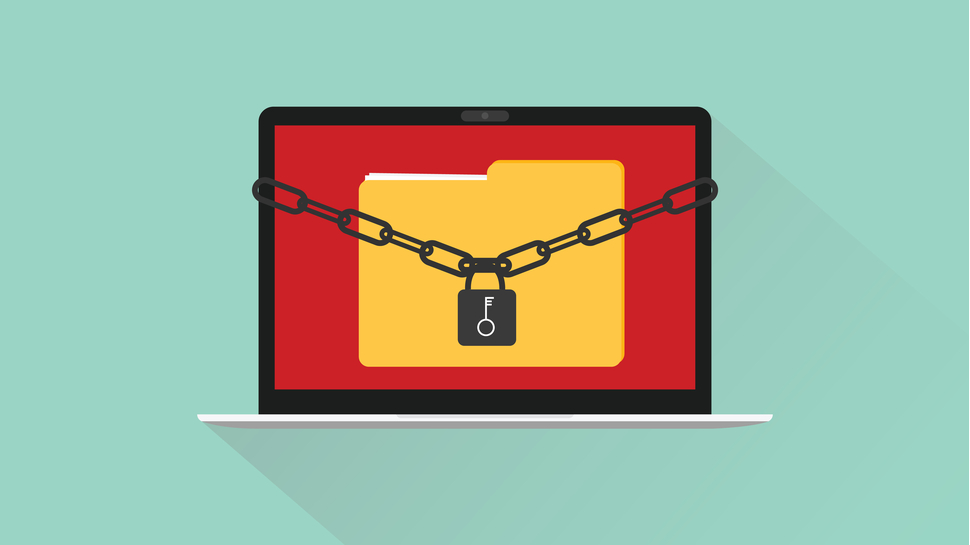

















![Apple iPhone Exports From India Surge 116% [Report]](https://www.iclarified.com/images/news/97292/97292/97292-640.jpg)
![Apple Shares New 'Mac to School' Ads: Pointed, Mirrored, Dropped In [Video]](https://www.iclarified.com/images/news/97295/97295/97295-640.jpg)
![Apple Drops New Trailer for 'F1' Starring Brad Pitt [Video]](https://www.iclarified.com/images/news/97296/97296/97296-640.jpg)
![Apple Shares 'Last Scene' Short Film Shot on iPhone 16 Pro [Video]](https://www.iclarified.com/images/news/97289/97289/97289-640.jpg)

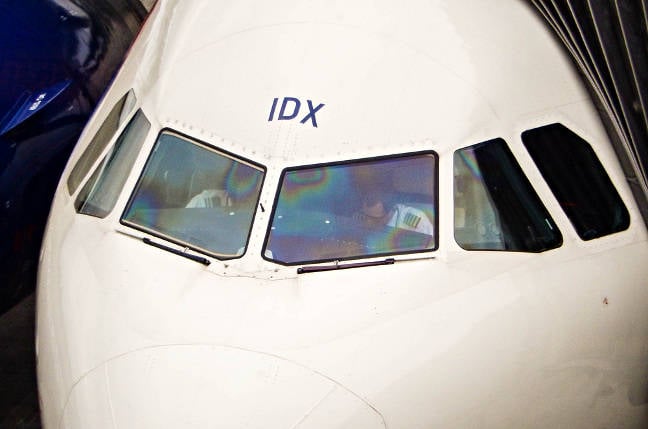



















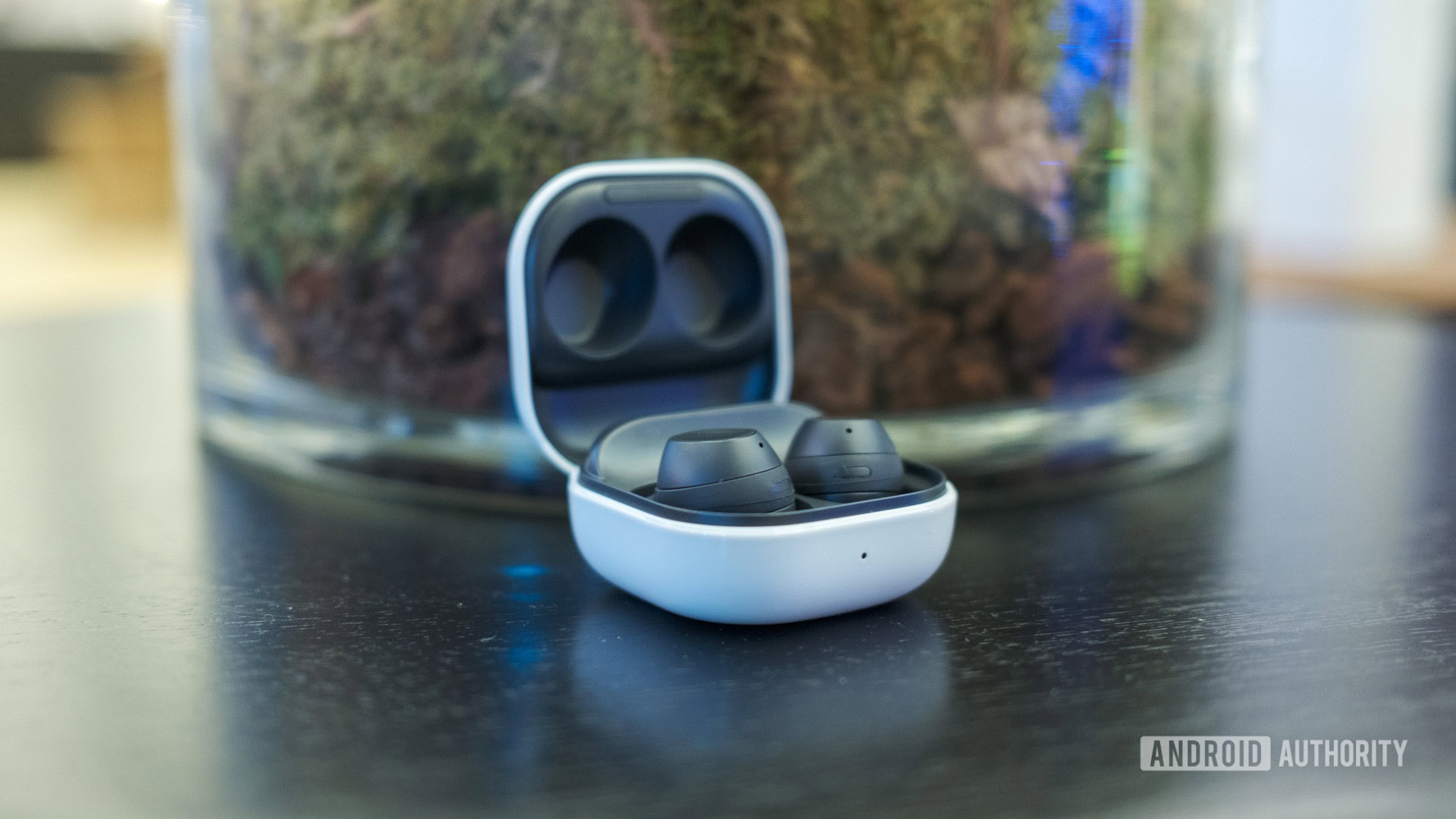


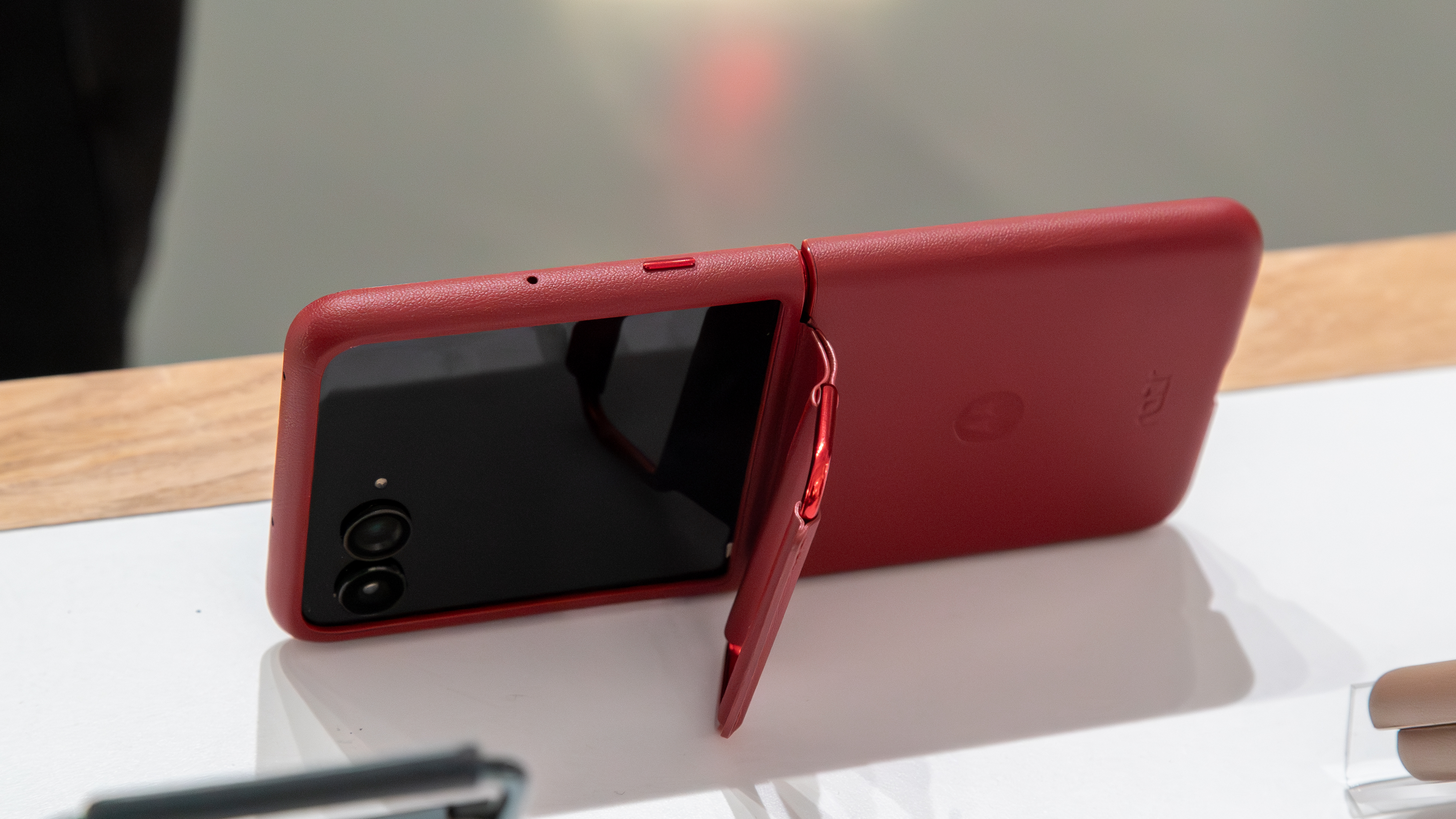
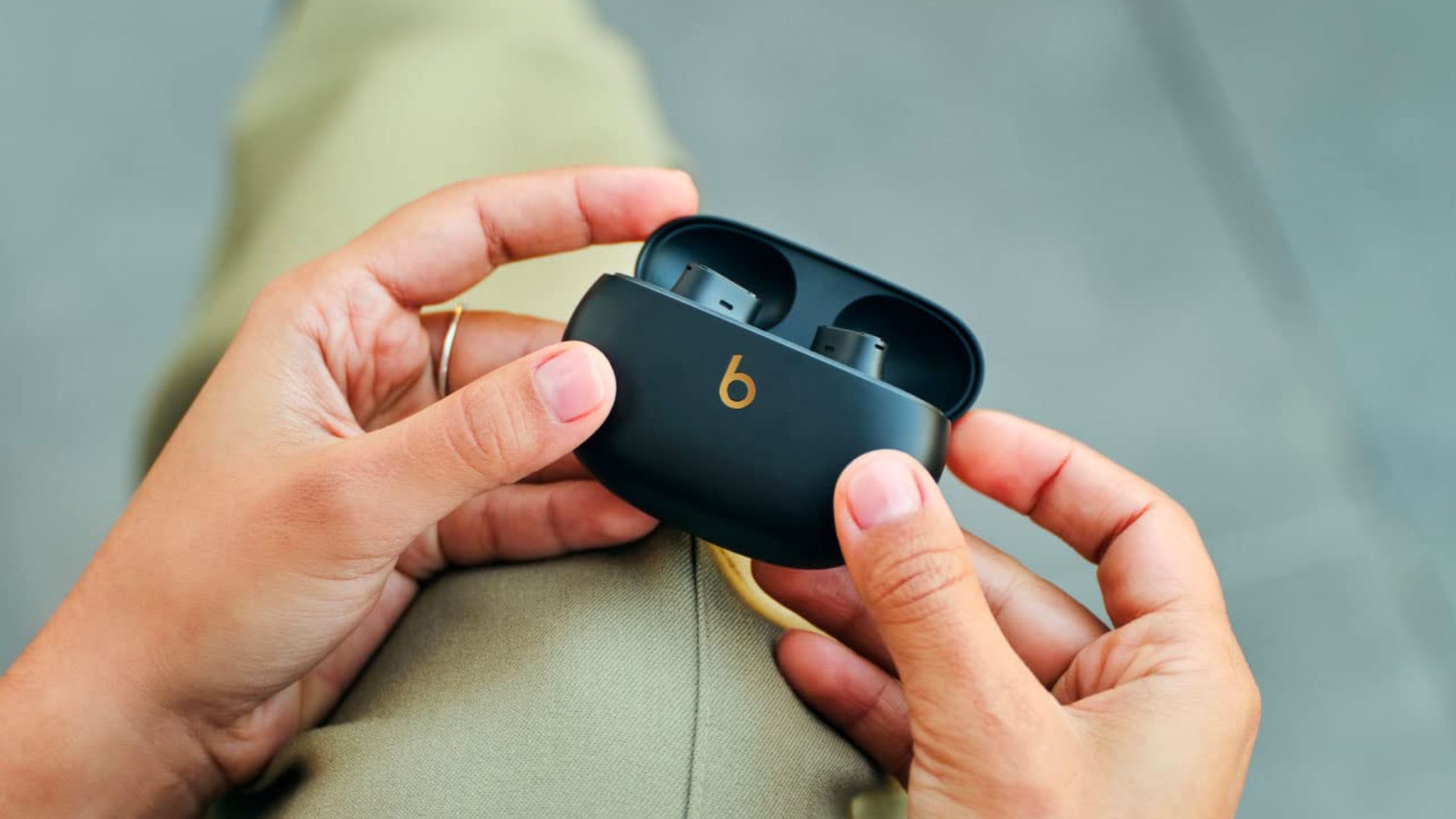









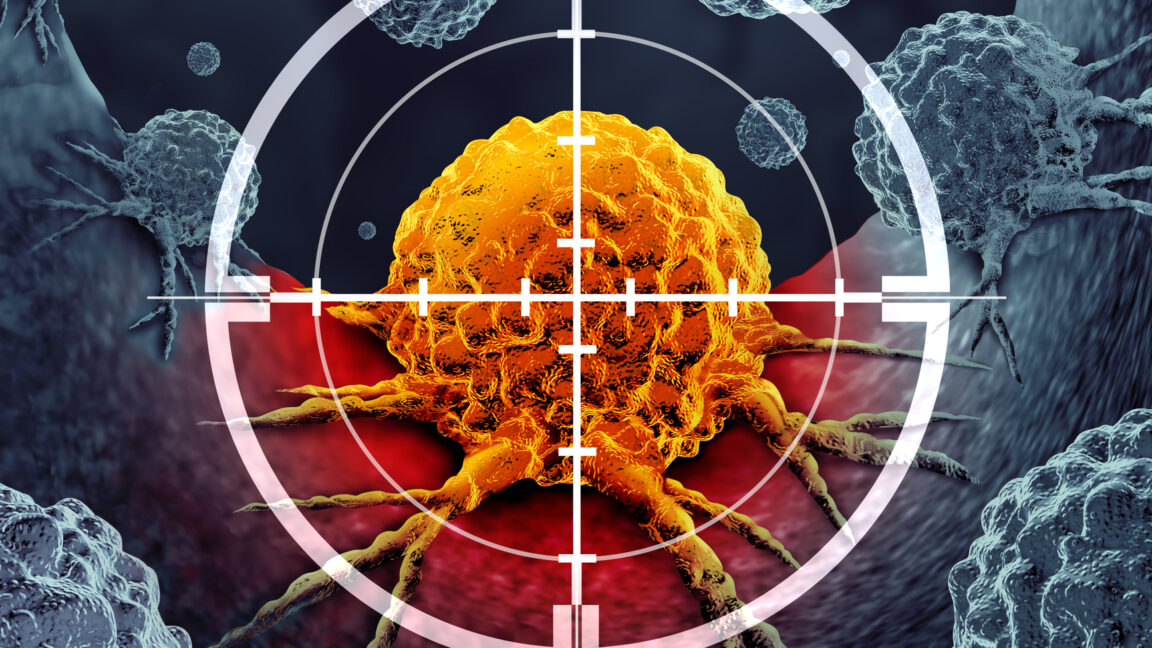



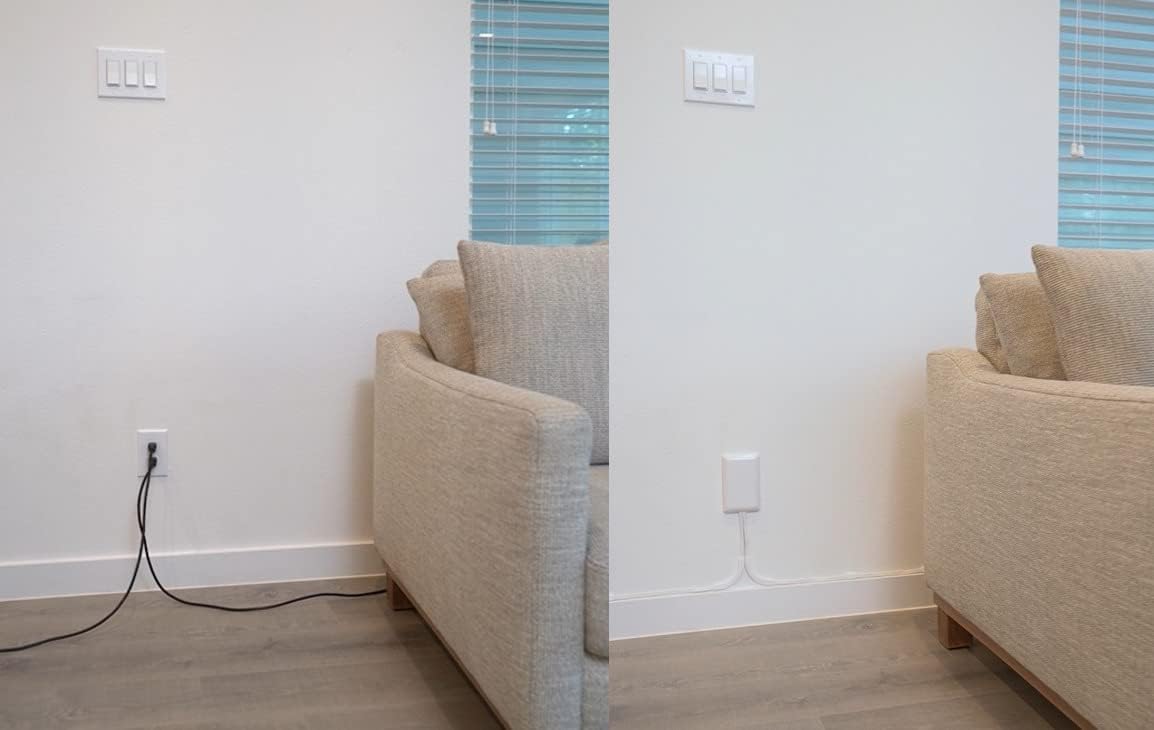
































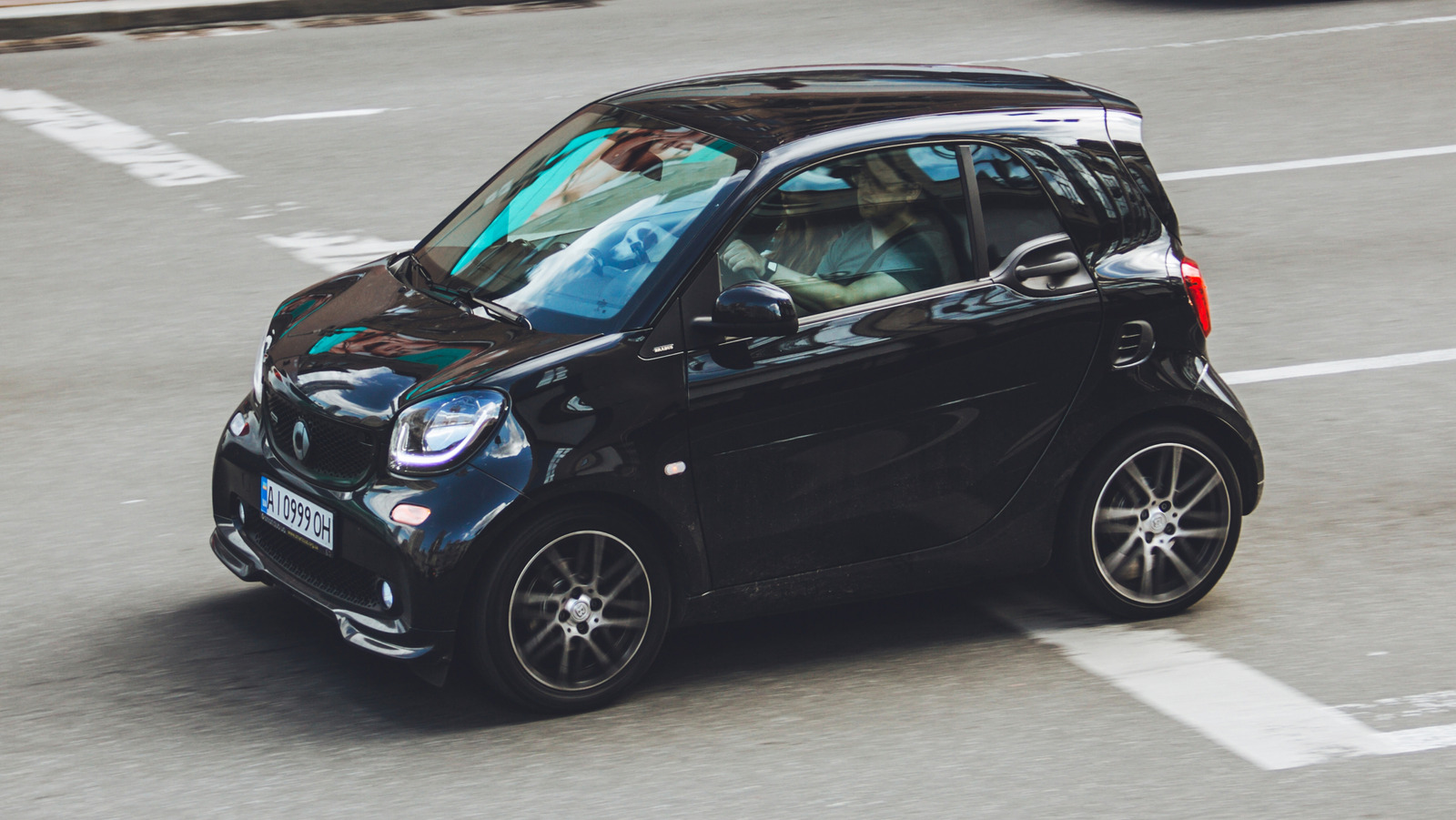
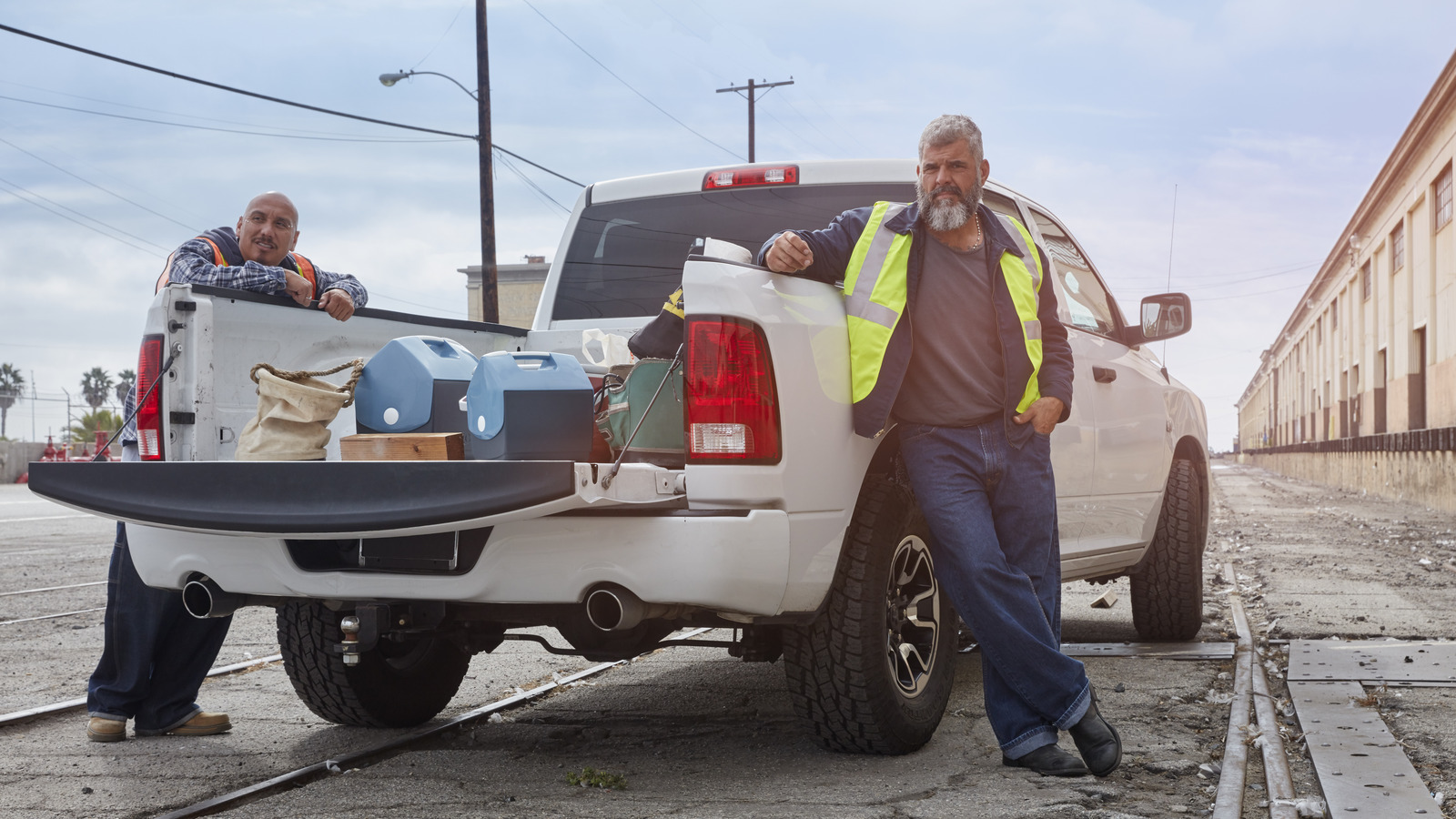





































_designer491_Alamy.jpg?width=1280&auto=webp&quality=80&disable=upscale#)





















































































































































































































































































![Ditching a Microsoft Job to Enter Startup Purgatory with Lonewolf Engineer Sam Crombie [Podcast #171]](https://cdn.hashnode.com/res/hashnode/image/upload/v1746753508177/0cd57f66-fdb0-4972-b285-1443a7db39fc.png?#)

























-Tony-Hawk's™-Pro-Skater™-3-+-4-Reveal-Trailer-00-00-27.png?width=1920&height=1920&fit=bounds&quality=70&format=jpg&auto=webp#)






.jpeg?#)















